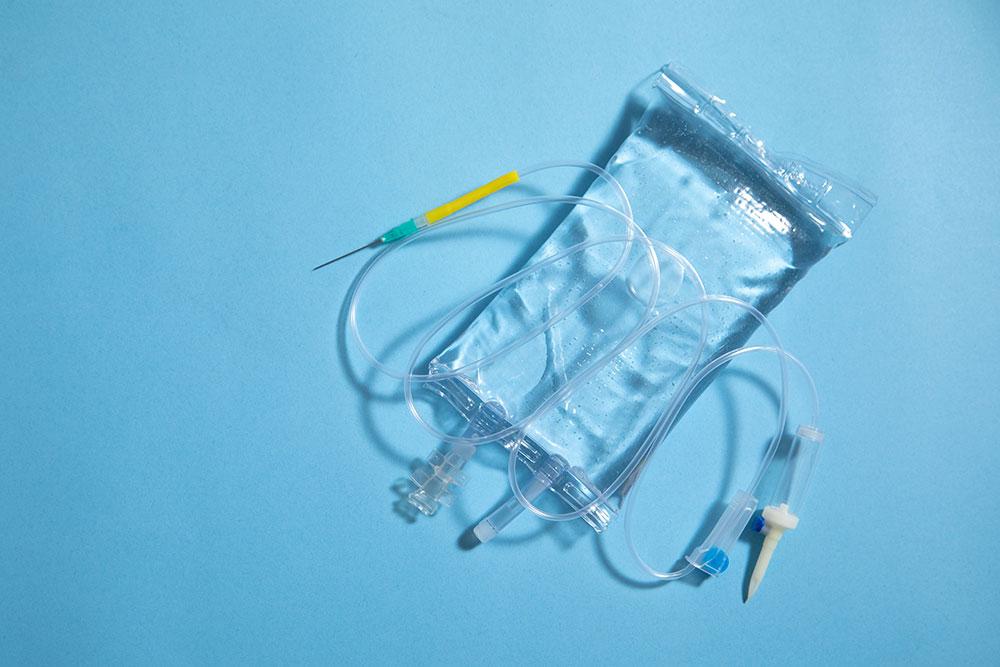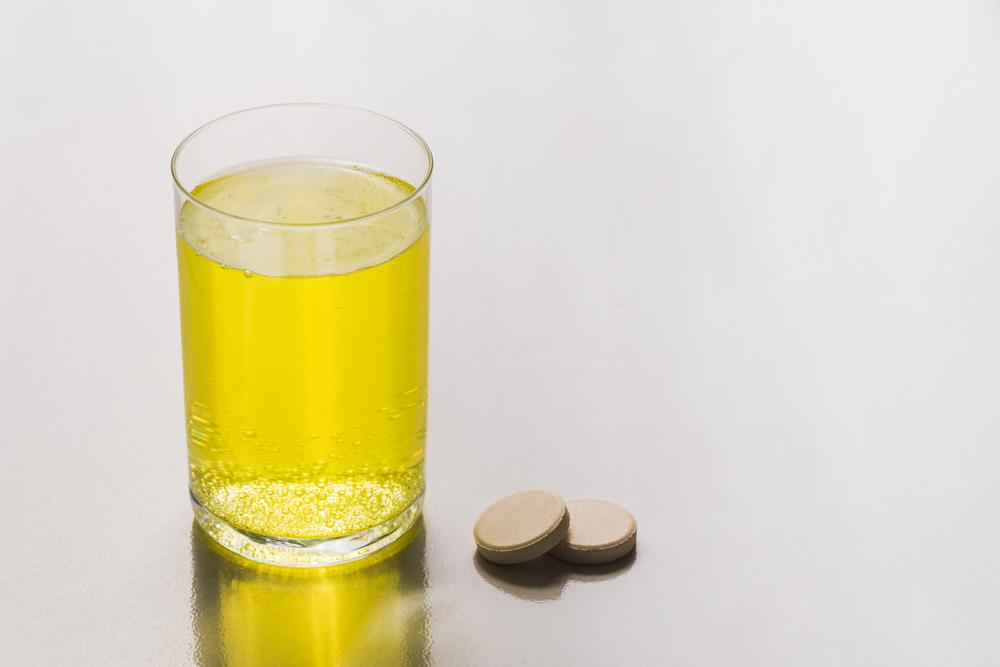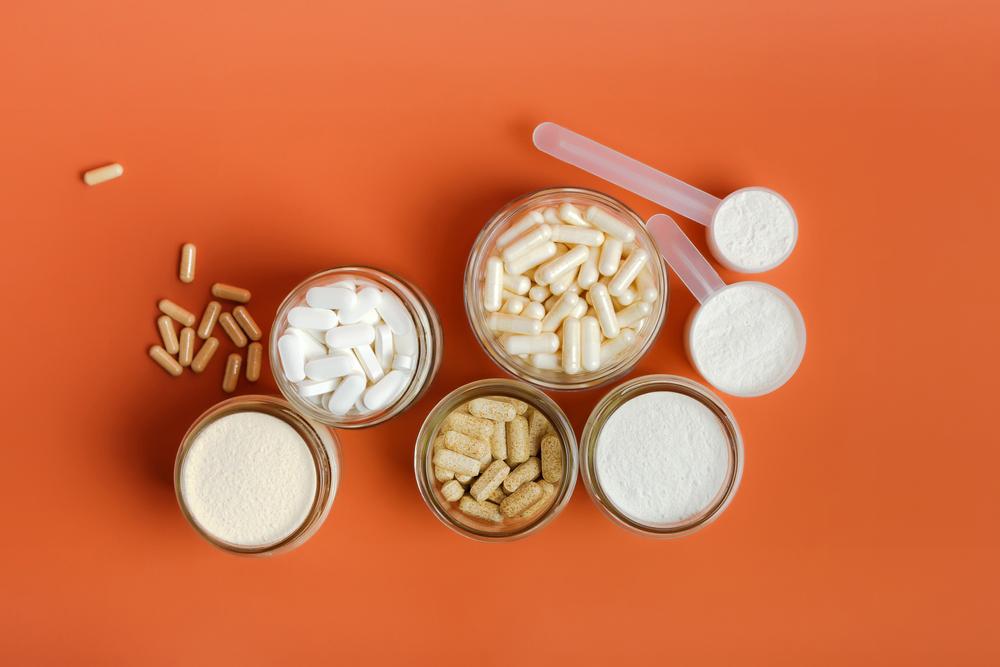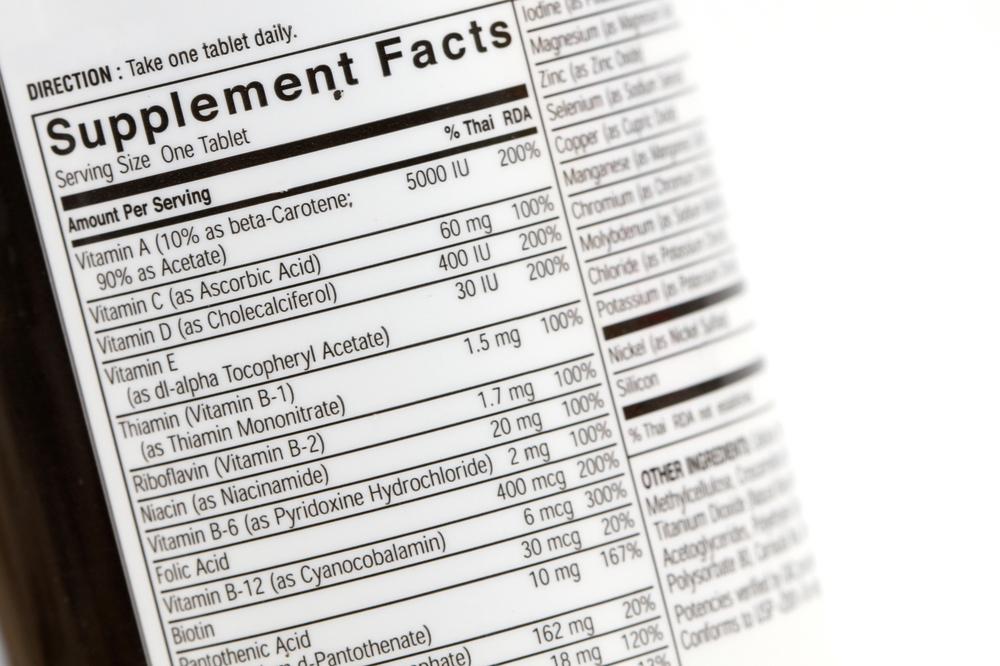 It seems like sodium-heavy and electrolyte-filled supplements, pills, and powders are everywhere these days. But do your athletes really need these expensive sodium-enhanced products?
It seems like sodium-heavy and electrolyte-filled supplements, pills, and powders are everywhere these days. But do your athletes really need these expensive sodium-enhanced products?
Here, Stephanie Miezin, MS, RD, CSSD and Director of Nutrition for the KC Current professional women’s soccer team, shares what parents need to know about the latest electrolyte craze to keep athletes healthy and hydrated.
1. What does the research say?
Marketing around these high sodium supplements tends to reference “the science” that says we need more and more sodium to perform optimally. But when digging into the actual research being referenced, some interesting themes appear: It is often being misrepresented, taken out of context, or referenced without providing any guidance.
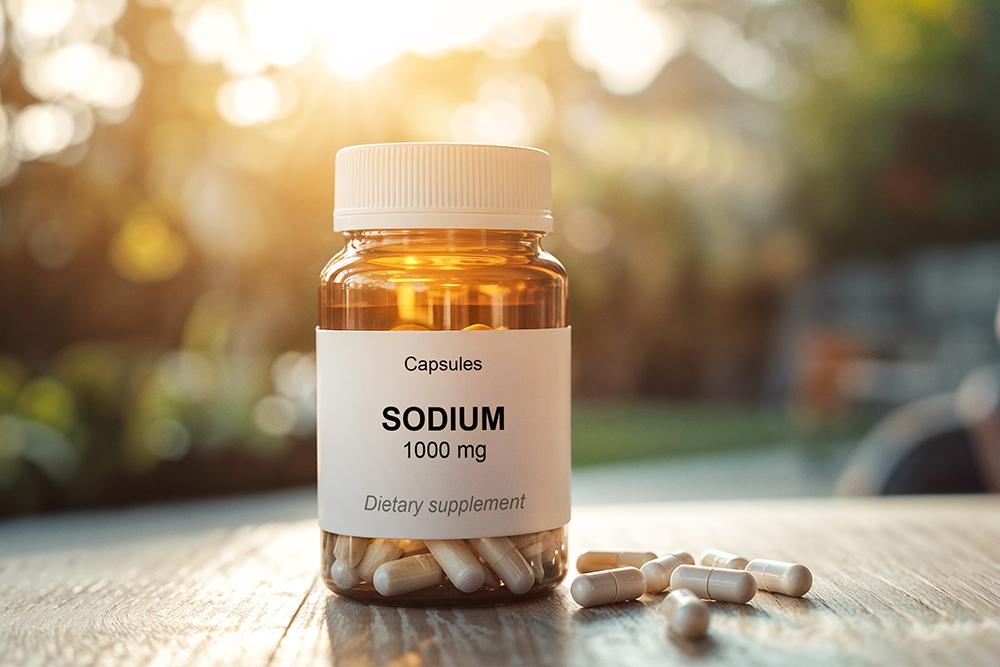 “What some researcher reviews found was that when someone has very low intakes of sodium, they have a higher risk of poor health outcomes,” she explains. “With medium sodium intake levels, you have a lower risk, and then as you get into higher sodium intake, you once again have a high risk. So, people—including these marketers—are using this research to say that less sodium is dangerous because it has this association of increased risk of disease.”
“What some researcher reviews found was that when someone has very low intakes of sodium, they have a higher risk of poor health outcomes,” she explains. “With medium sodium intake levels, you have a lower risk, and then as you get into higher sodium intake, you once again have a high risk. So, people—including these marketers—are using this research to say that less sodium is dangerous because it has this association of increased risk of disease.”
Unfortunately, much of that research itself is flawed. “In much of the research being reviewed, they are not using the best methods for assessing sodium intake,” Miezin says. “So, the research findings themselves are not accurate.”
Most researchers and dietitians still tend to agree that a diet that’s moderate in sodium is healthier than one that is extremely high in sodium. “When we look at studies that properly assess sodium intake, we see that as sodium intake increases, so does disease risk, specifically cardiovascular disease risk.” Miezin says.
2. How much sodium do Americans ingest on average?
The other problem with these marketing claims, Miezin points out, is that most Americans are already taking in plenty of sodium on a daily basis simply based on what’s in their food. Research has found that most populations globally consume 3-6 grams of sodium per day, which is already more than the recommended levels. So even if an athlete isn’t using electrolyte or sodium supplements but is eating a fairly standard diet, they’re likely getting plenty of sodium.
“A typical American is consuming 3,400 or more milligrams of sodium per day, but the dietary guideline is about 2,300 milligrams, which is about a teaspoon of table salt,” says Miezin. “Of course, we do know that athletes lose sodium through sweat, and they may need more, but it’s easy to increase sodium in food without supplements.”
For athletes who’ve heard about the importance of electrolytes for years—and for good reason—it’s easy to see how high-sodium supplements could seem attractive and scientifically valid. And because an athlete’s body size and sweat can vary so widely, there isn’t a one-size-fits-all sodium recommendation for a young athlete.
3. How can an athlete get enough sodium?
“Even not knowing exactly how much sodium an athlete needs, as a dietitian, I’m rarely worried about young athletes needing a sodium or electrolyte supplement,” Miezin says. “It’s just so easy to get sodium through foods. If we look at something like deli meat, a 3-ounce serving could contain about 750 milligrams of sodium. That’s one serving that you would normally have on a sandwich, and if you eat a pickle spear with it, that’s around another 280 milligrams of sodium. Together, that’s already more sodium than most of the high sodium supplements contain.”
The cost is also a consideration: Packets that contain 300 to 1,000 milligrams of sodium often cost $1 to $3 per packet. “You’re spending all this extra money to get a bit more salt in the athlete’s fluids, but foods like crackers, pretzels, cheese, and even things like candy bars are higher in sodium.”
“Sodium is everywhere,” she concludes. “Your athlete is probably already getting enough. For most of us, concern or worry about sodium intake is only happening because we’ve been marketed to. But truly, this is not such a big area of concern beyond a company concerned if they are getting your money or not.”
In fact, it’s likely more important to make sure that your athlete isn’t overdoing their sodium intake, especially if they’re drinking sports drinks outside of play. “There are risks associated with long-term consumption of high sodium diets, including higher blood pressure and cardiovascular disease risk. While these may not be major risks for young athletes in the short term, it’s important to be aware of the habits that we’re creating and the taste preferences that we are influencing. For example, if your athlete is used to only drinking fluids that have a strong taste or a salty taste, then plain water may not be appealing to them. We’re training the taste preferences of our kids, which has a big impact on their habits and preferences over time.”
Ultimately, these high-sodium supplements are likely not needed because your athlete is already getting enough sodium in the foods they eat throughout the day. “During training, they can also add a pinch of salt to their water, or if they’re using a sports drink like Gatorade, they will be getting a good dose of sodium,” she adds. “Even for athletes who may be considered a salty sweater, it’s possible to get enough sodium that way.”
______________________
Takeaway
The need for athletes to add additional sodium, particularly in the form of high-sodium supplements, is much lower than marketing campaigns make it out to be. Most athletes are able to meet their sodium needs through regular foods. Marketing of these supplements has made it seem as though everyone needs more sodium, but the reality is that most Americans are already consuming more than the recommended 2,300 milligrams. Your athlete can get plenty of sodium by consuming salty snacks and everyday foods throughout the day, and if they do tend to sweat heavily, they can add a pinch of salt to water, use a standard sports drink to replenish their sodium stores, or work with a registered dietitian to develop a personalized hydration plan.
